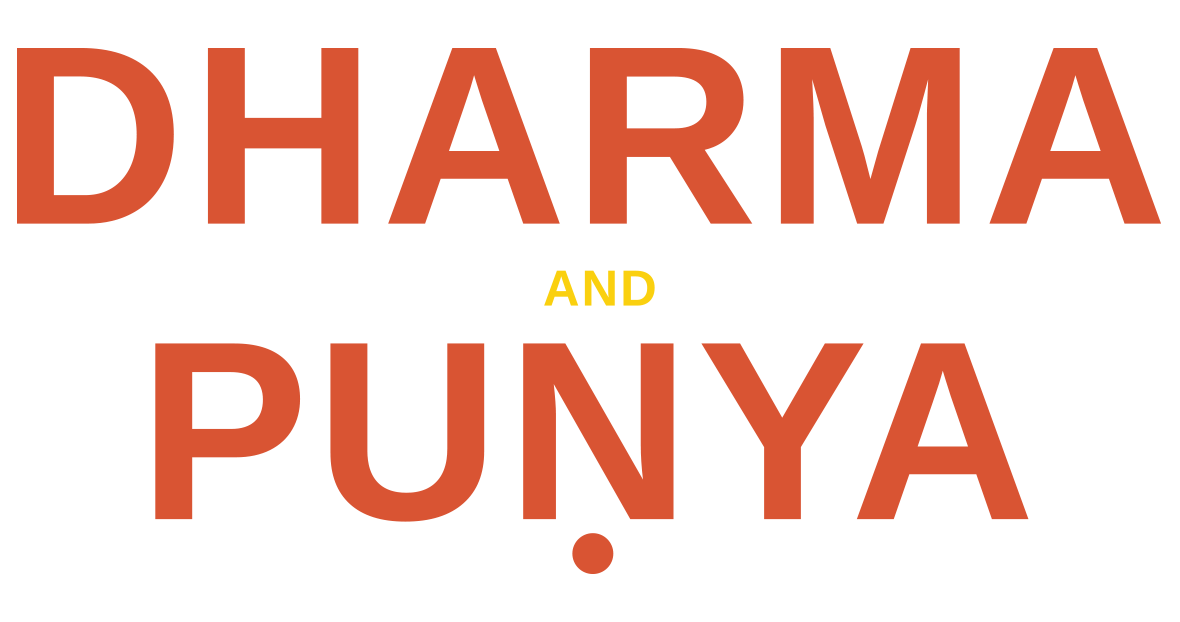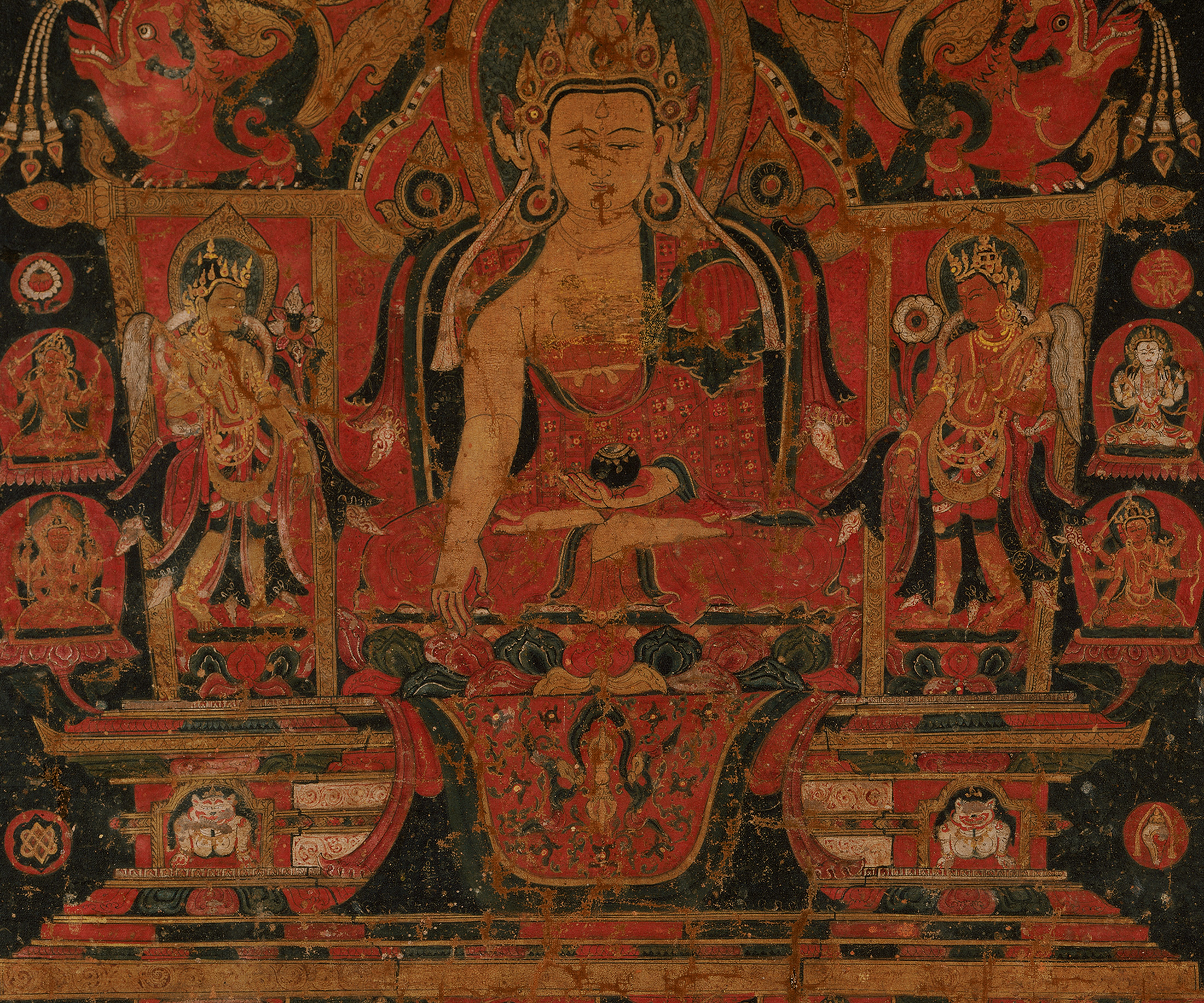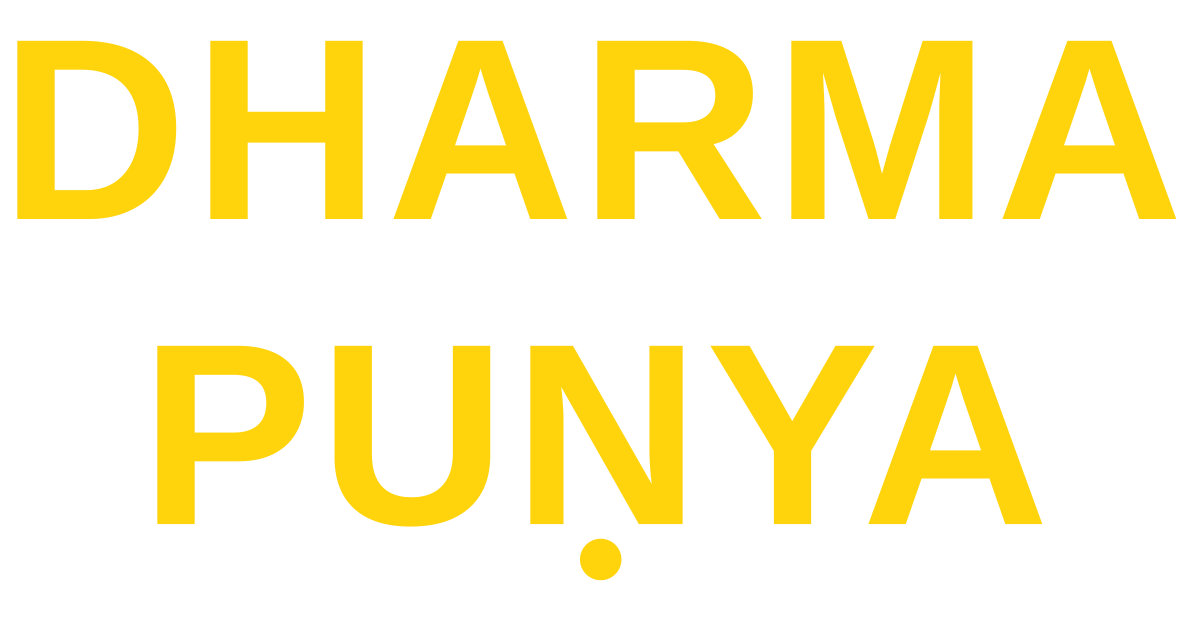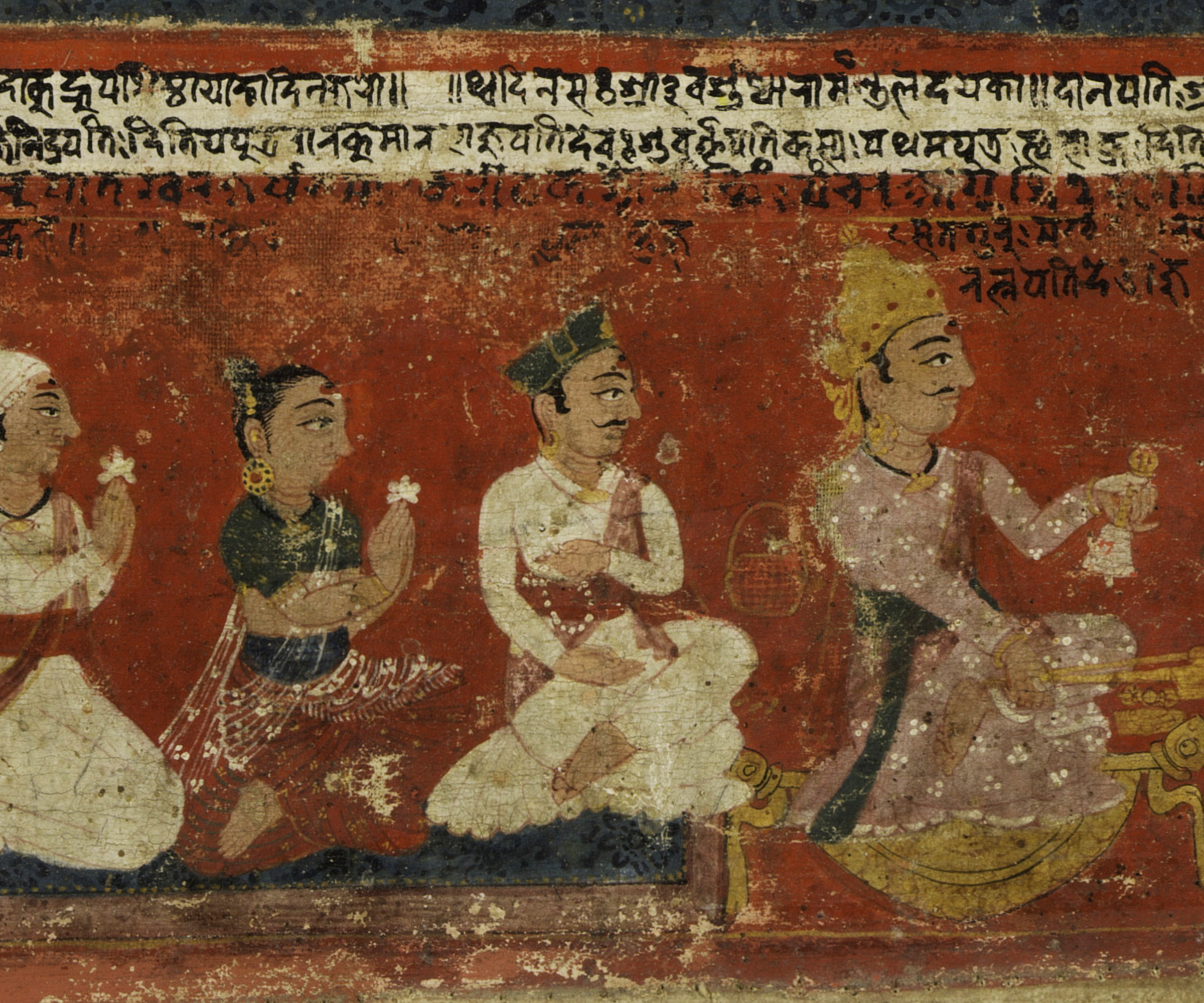September 5 – December 14, 2019
Iris & B. Gerald Cantor Art Gallery | College of the Holy Cross
This exhibition highlights Nepal’s artistic heritage as a rich and enduring continuation of Indic Buddhist traditions. Featuring paintings, illustrated texts, sculptures, and ritual implements crafted by Newar artisans over the last millennium, “Dharma and Puṇya: Buddhist Ritual Art of Nepal” will be centered on how the Buddha’s teachings were arrayed as much for worldly householders as otherworldly seekers. As the title suggests, it will illustrate the centrality of ritual in Buddhism, showing how illustrated narratives and common practices address every devotee’s need to make good karma (puṇya), a central tenet of the Buddha’s teaching (dharma). Showing some objects never before displayed in the West, this historic exhibition will focus on the unparalleled contributions of Kathmandu Valley artisans and patrons not only in their communities, but in the subsequent development of Tibetan art.
CO-CURATED BY
Dr. Jinah Kim
Professor
of History of Art & Architecture,
Harvard University
Dr. Todd Lewis
Distinguished Professor
of Religious Studies,
College of the Holy Cross





